Absence
written for Bulanujung exhibition, online 2021
The steam saturates and fills up to the edges, the scent of red wine blended with Jerusalem artichokes and orange zests. The rich texture of the night under a blanket.
In the reminiscence of the night, the room wakes up.
In the mundanity of your life, indulgence coloured the monotonous layers of detail.
The assemblage of red wine, Jerusalem artichokes and orange zests travels so easily to every corner and edge of our life. It wakes up a sleepy memory and a muffled voice in the icy air, giving shape to the vague memory of the night.
We looked up at the sky in search of an angelic light, yet only counted wistful winds and rains between us. No light bound us together. I thought of you.
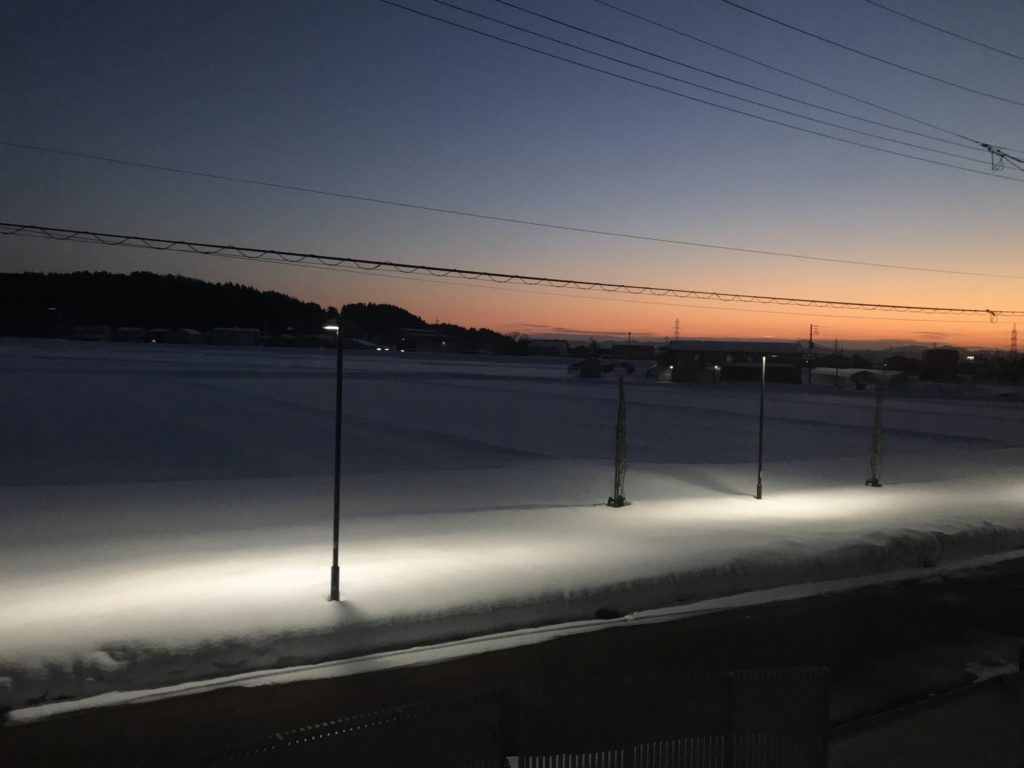
The kitchen is full of sounds, steam, and textures breaking the wintery silence of absence. The rice fields are under the carpet of snow. Animals hibernate. My garden in summer mornings was once a place for coffee. The northern wind brought down the curtain on the theatre stage for birds and plants, a drop-by spot for surprise visitors. The southern wind will blow it up again. With a whisper of the wind, snow will melt and plants will wake up.
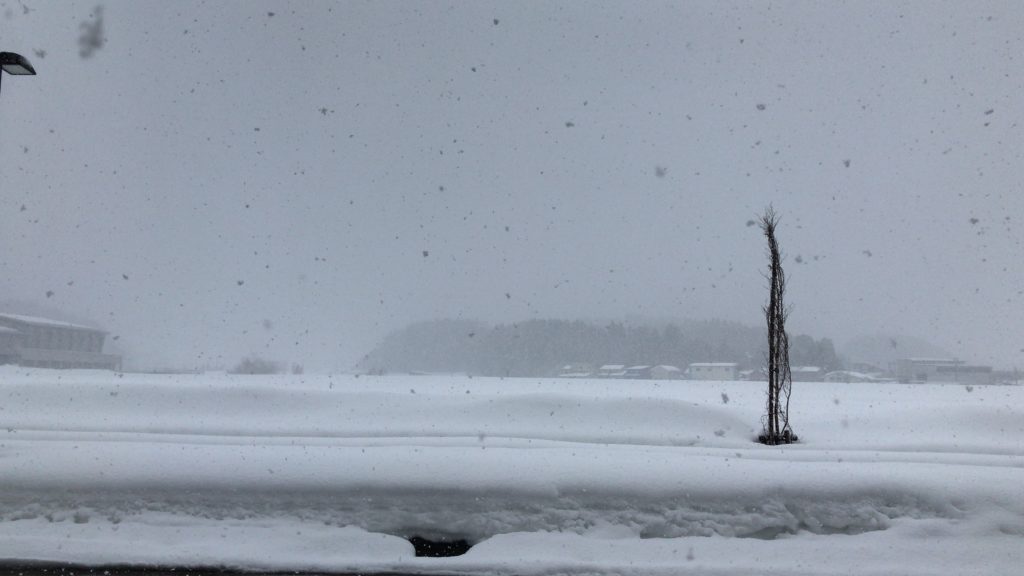
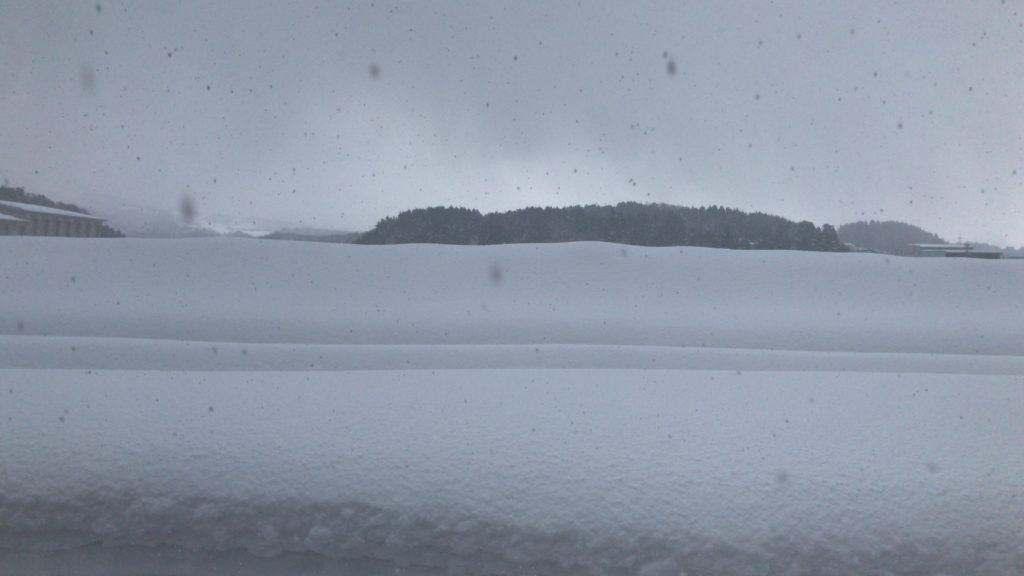
It was another wintery day of storms. Hearing the savage roar of the wind, I was loath to leave home. Instead, I reheated the beef stew I cooked last night. The red wine, Jerusalem artichokes and orange zests were indistinguishable, just merged into stew. The sharp rise of texture was a daydream. I thought of you. Unlike the roar of the wind, it lacked with vigour. It was a reminiscence of the reminiscence of you.
Violas in the front porch endure in the savageness, fearless in the roar. Their little round petals are never still under snowflakes. Violet, yellow, magenta, white and purple – the vividness of their colours is still vibrant.
The mundane details of summer are frozen and in hibernation. In my hand, the icy drops from the sky melt into water reflecting the light.
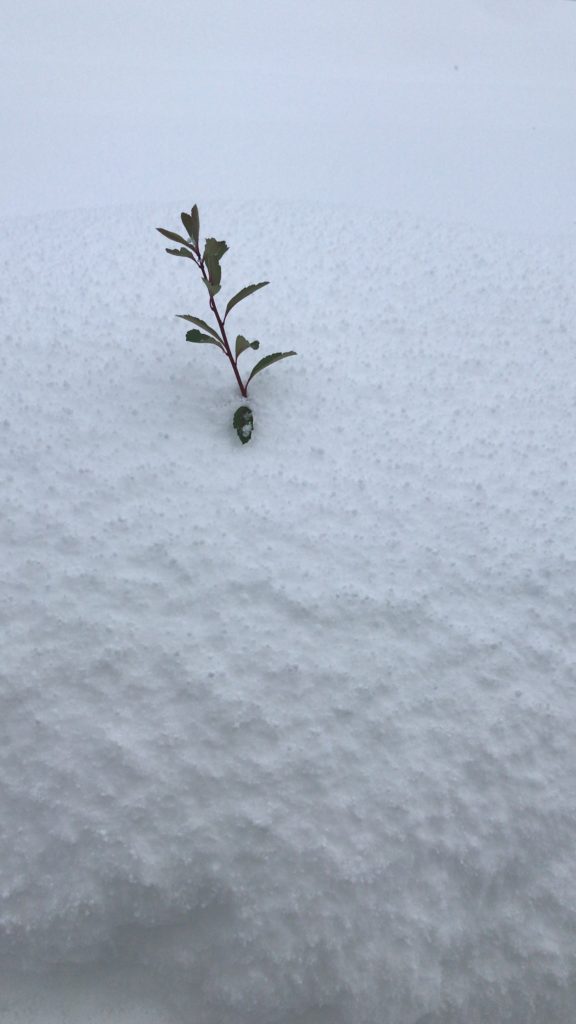
My name is Ayano Hattori. I’m the first artist to show works on Bulanujung. The above short text on the icy winter was written in a northwest region of Japan, Niigata, where I spent the winter of 2020 to 2021. It describes my garden in both summer and winter and my experience of cooking on a cold day in a fragmented form of physical reality and memory.
Niigata is also the location of production of Family Story (2019). It is a three-channel HD video work. For this show, one of them, Hands, is screened. Hands is about my grandmother in a hospital bed and our family members feeding her dinner. It is juxtaposed with footage of the dismantling of the house that she lived in with her husband. The grab basket of the excavator resonated with the hands of young family members, creating certain rhythms. Japanese political scientist Chigaya Kinoshita writes on private bonds:
Our daily experience – the accumulation of the repeated practice in the stable time- space – does not go beyond private bonds upon becoming collective, such as in a family, agricultural commune, or corporation. Within the community, an axis of time is established through rituals, with habit and experience becoming a cultural device that stabilises the bond.
In contrast, as seen in history, large-scale social change such as war, panic, revolution, and disaster discontinues the repeated practice and creates a cross- societal sense of solidarity beyond those private bonds. That is to say, when an intense external shock shakes or destroys existing systems, a universal sense of community is born beyond the difference of class and origin, through which the cross-societal axis of time emerges.*
Family Story documents one of these moments when an axis of time that has been established privately within the family is breaking. Evoking the sense of fragility and death through the body of the old woman and the ramshackle house, the accumulated practices and the material-hood of memory are disappearing.
One the other hand, the loss of the quotidian in You Saw Nothing in Fukushima (2012–) has a different scale from a personal narrative of Family Story. On March 11, 2011, the earthquakes struck the extensive area of East Japan followed by tsunami and nuclear power plant accidents. Japan fell into a critical situation under these triple disasters, which was also, as Kinoshita describes, a moment when the cross-social axis of time and the universal sense of community emerged. This work was produced based on my visits to the disaster sites. Two videos from my 2012 and 2014 visits are shown at this show. The incessant slide-show images disallow the audience from knowing and understanding the disasters, leaving them in the lapse.
Family Story and You Saw Nothing in Fukushima evoke the sense of fragility, death, anxiety, and uncertainty through the audio-visual narrative of distraction. Both works thematise the moment, in which fragility is exposed and uncertainty looms large. This synchronises us with the present day, living with COVID-19.
Under lockdowns, we have only ever stayed home, estranged, distanced and online. The rich details of the time spent at home in the vignette equally describes the desire for travelling, proximity and tangibility. The palpable details of lack and plenty are true to life under predicament.
The irreducible details of experiences a person lives through can be rendered in art. Bulanujung offers three modalities of the visual, the audio-visual and the textual for such rendering. Lived experiences of feelings, emotions, and realities can be conceived into colours, shapes, rhythms, and into compositions. They communicate with an audience despite the heterogeneity of time and space between them and the artist.
The three modal delineations of the visual, the audio-visual and the textual in bulanujung could be aligned or discrepant. My case is multilayered and offers narratives being reflective and divergent to each other. This text written in winter of 2021 and, accompanied with the visual records of the same period, adds a layer of temporality to Family Story and You Saw Nothing in Fukushima, audio-visual records of 2018, 2012 and 2014 respectively. The visual records also add a layer to the location of Niigata, in particular of where the ramshackle house is, as the photographs have been taken from the same place, but from a newly constructed house. These photographs of home and snow continue to write a narrative on a page after the dismantling of the ramshackle house.
Idiosyncratic revisitations to a moment in the past bring us back to ourselves with reflection, realisation and discovery. The unclosed temporality allows us to rewrite stories and tint new colours. My exhibition at Bulanujung embraces the nature of revisitation to the past as a form of assemblage in the tripartition of the visual, the audio-visual and the textual.
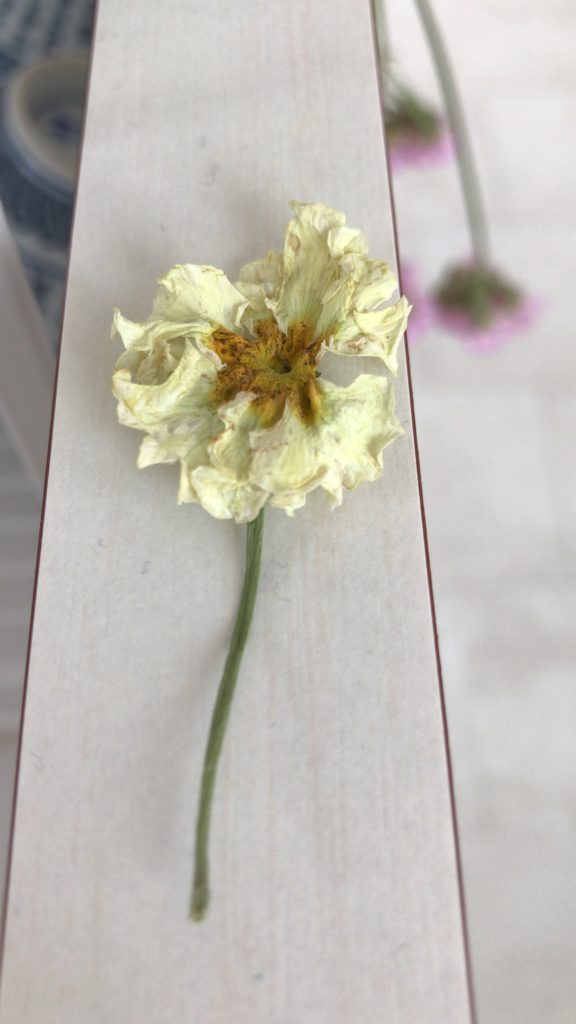
The scent of you lives
in the steam from a tea cup,
in the flavour of the tea,
in the residue of the warmth.
Under the blanket,
the scent of you lives
in the wool,
tickles my nose,
but comforts me.
We count rains that fall between us,
leaves that fall between us,
and lights that fall between us.
With the texture of tomorrow wrapped in the blanket,
I fall asleep.



